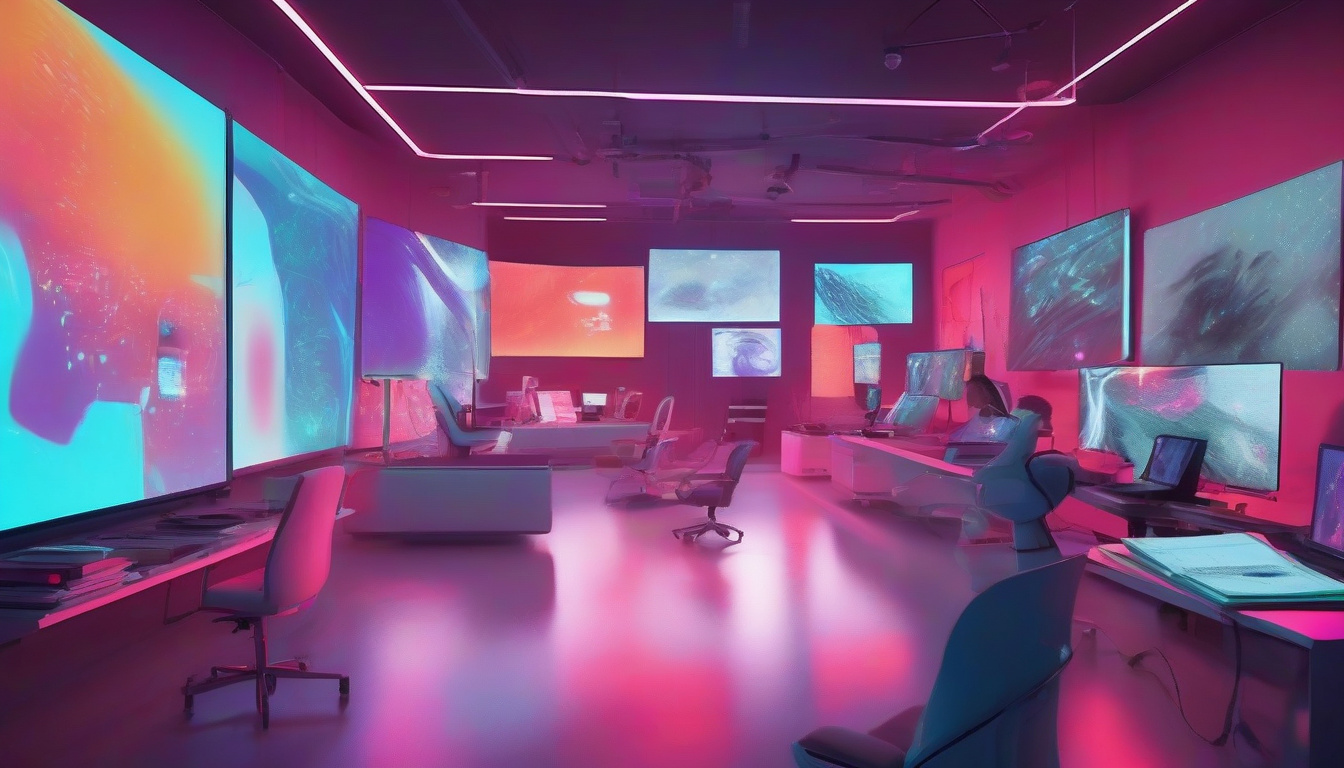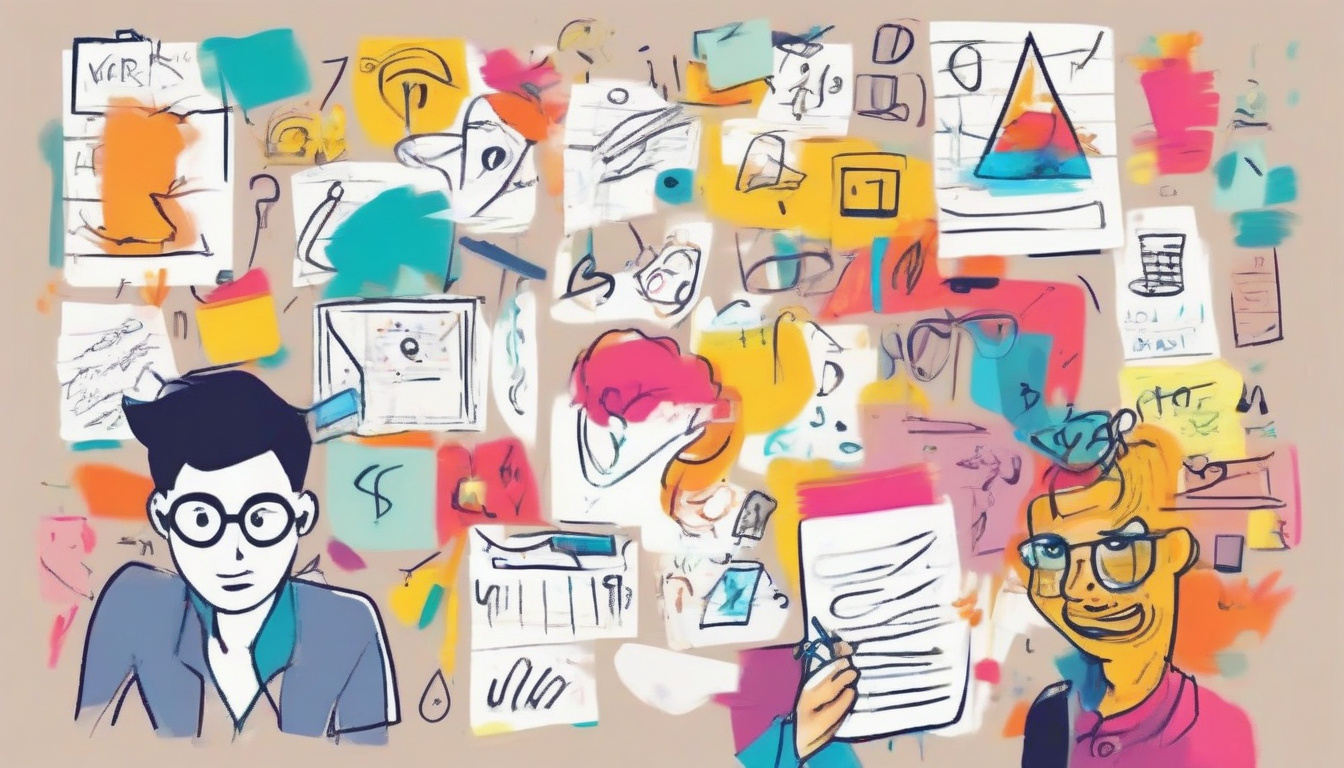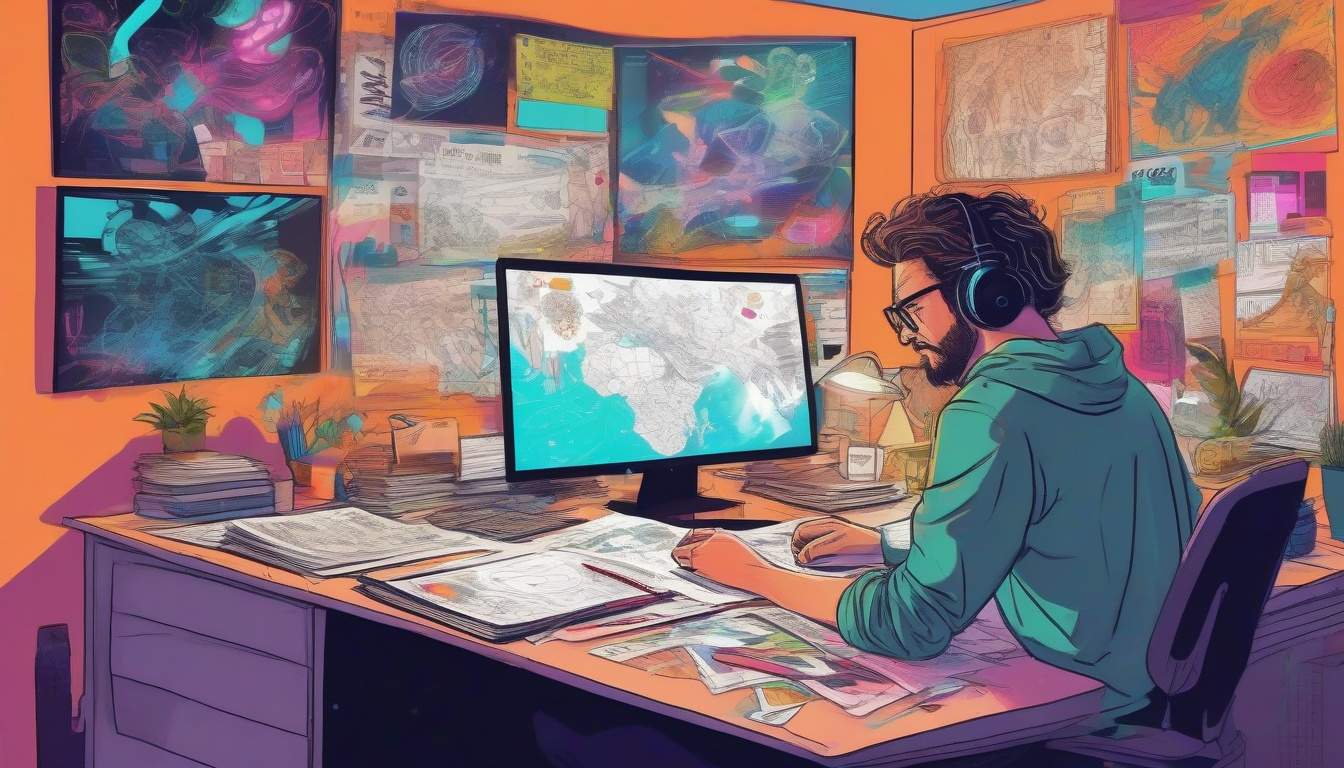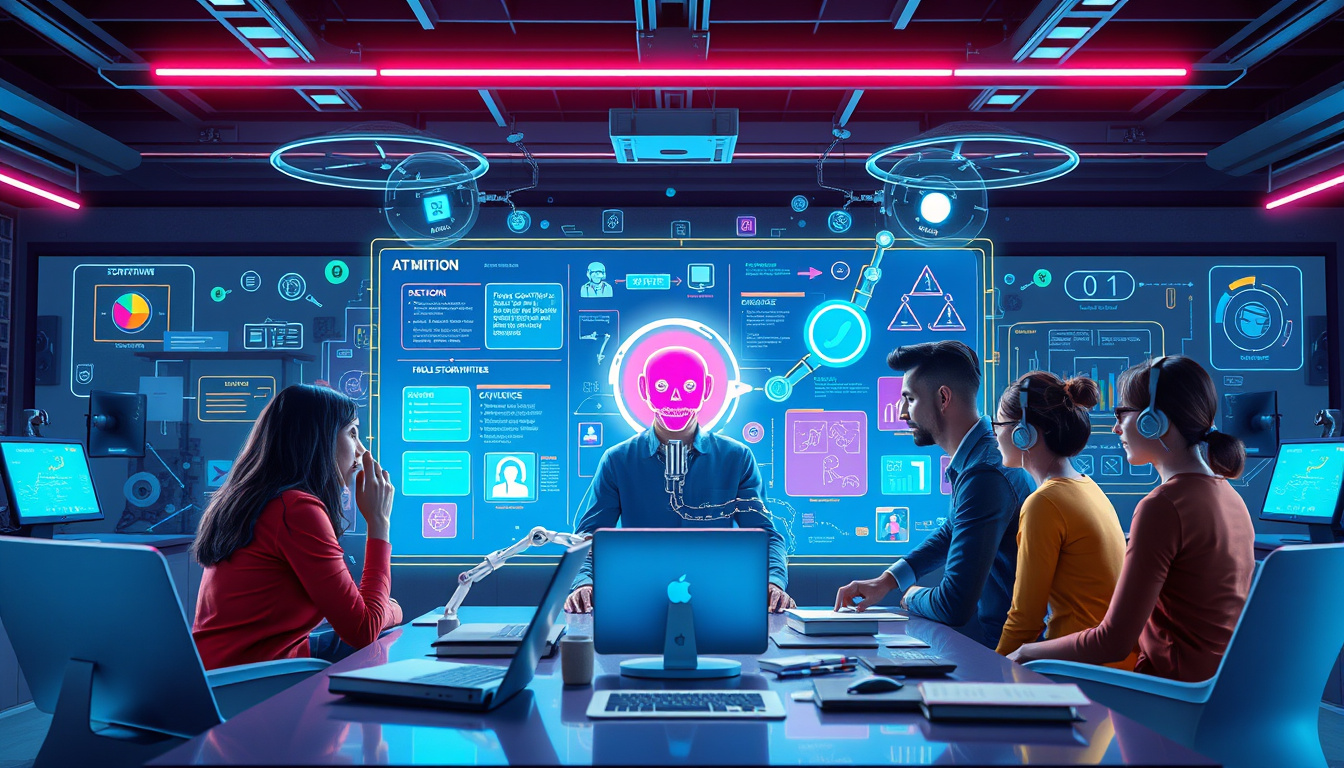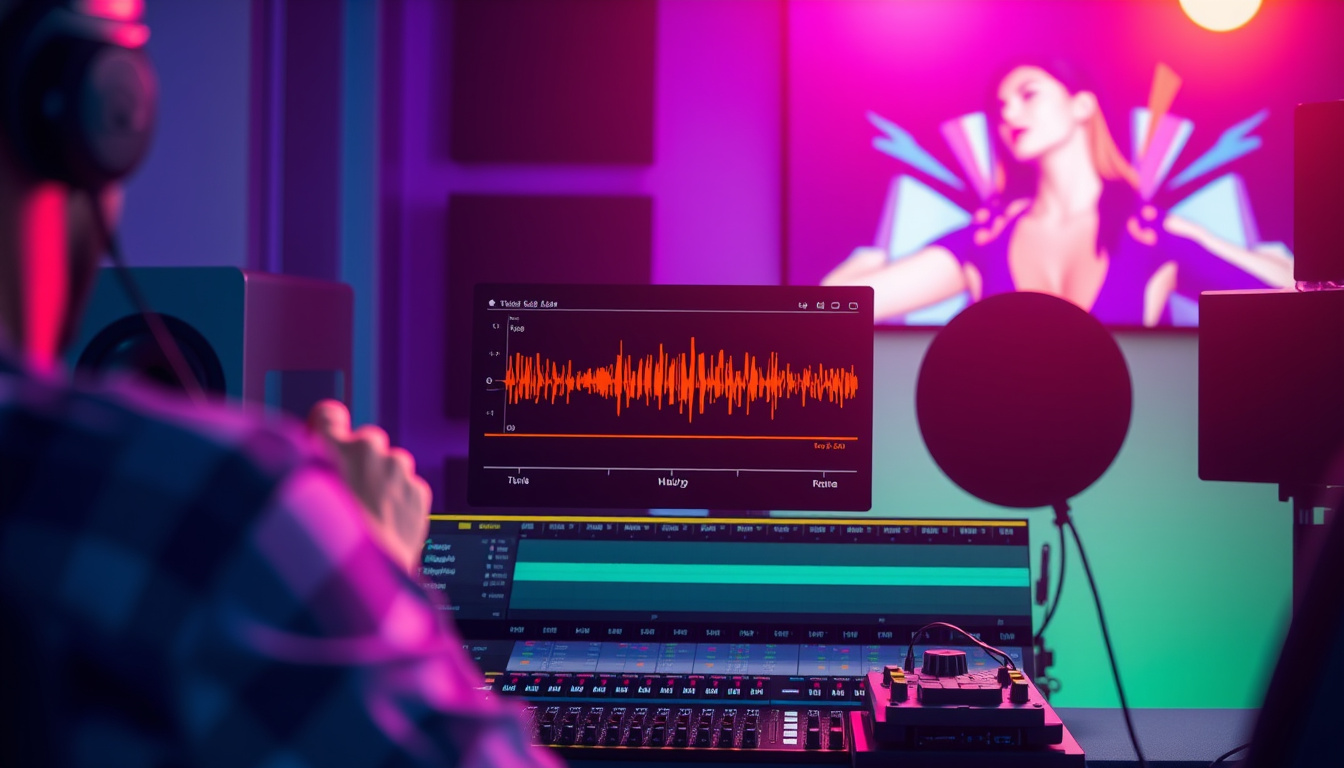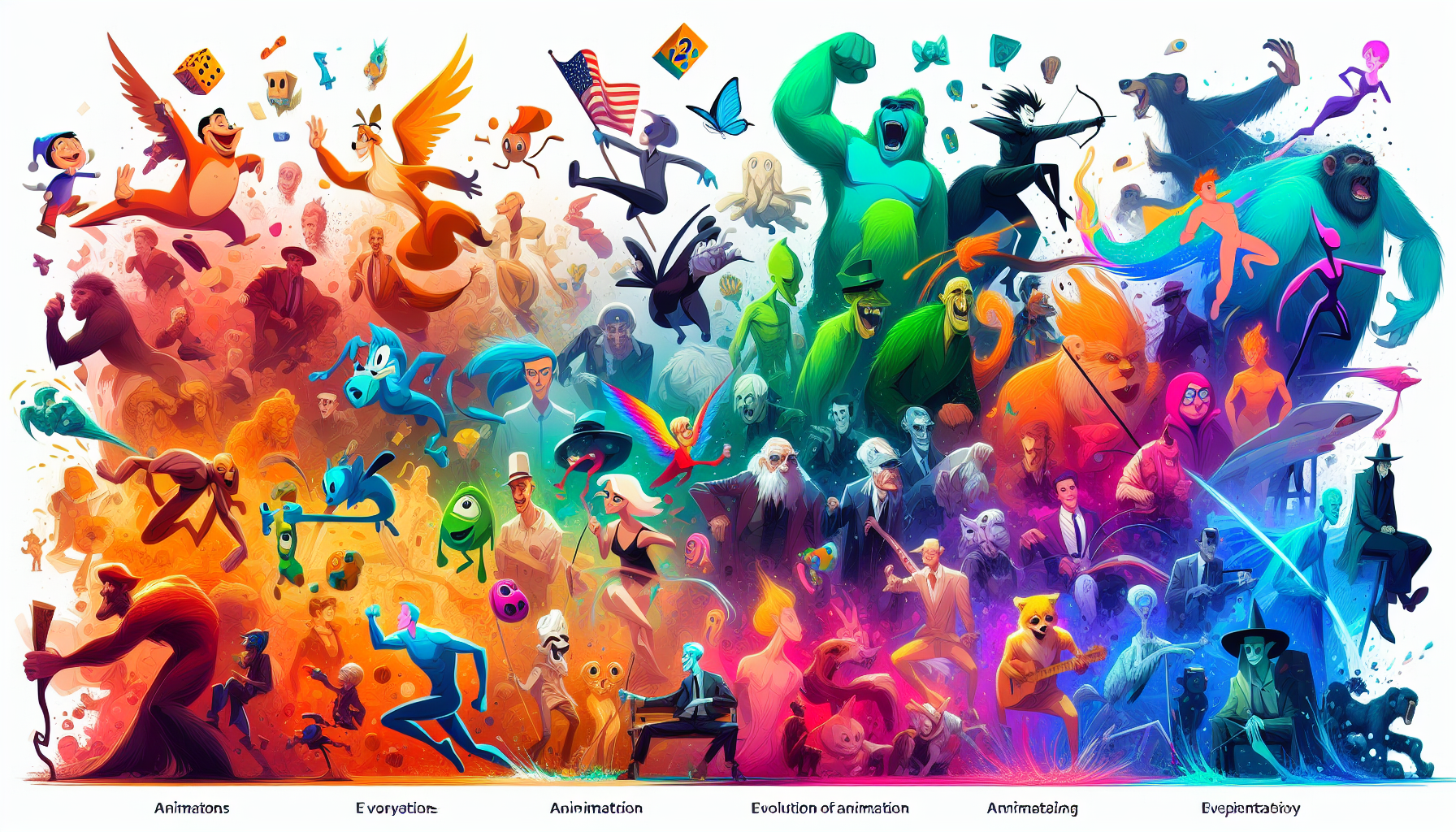
Introduction to Reimagining Storytelling
For decades, animation has been a vibrant canvas for storytellers, offering a unique medium to bring to life the unreal and the imagined. It has evolved from simple, hand-drawn figures to complex, computer-generated worlds, captivating audiences across all ages. This evolution has not only been technical but also thematic, reshaping the way stories are told and the characters that inhabit these tales. In reimagining storytelling, the evolution of animation tropes and archetypes plays a critical role, continuously challenging and expanding the boundaries of narrative and character development.
The Evolution of Animation Tropes
Animation tropes, or common themes and motifs, have undergone significant transformation. Initially, these tropes were simplistic and often predictable, catering to the expectations of a younger audience. Classic motifs such as the ‘good versus evil’ battle, the damsel in distress, and the happy endings were prevalent in early animated features. However, as the audience for animation expanded and diversified, so did the tropes. Modern animation frequently subverts these classic expectations, presenting morally complex characters, nuanced themes, and open-ended conclusions. This shift reflects a broader trend in storytelling towards realism and relatability, even within the fantastical realms of animation.
Archetypes and Their Transformation
Just as the tropes have evolved, so have the archetypal characters that populate animated stories. Historically, characters in animation were often one-dimensional, serving clear-cut roles such as the hero, the villain, or the sidekick. Yet, today’s animated characters are far more developed, exhibiting a range of emotions, motivations, and complexities. This transformation is particularly noticeable in the portrayal of female characters and villains. Female characters have transcended the traditional roles of princesses and damsels, assuming roles of leadership, complexity, and strength. Villains, on the other hand, are no longer purely evil but are shown to have motivations, backstories, and dimensions that make them more relatable and sometimes even sympathetic.
The Role of Technology in Storytelling
Advances in animation technology have played a pivotal role in reimagining storytelling by offering creators an unprecedented level of detail and scope. The use of computer-generated imagery (CGI) has not only enhanced the visual experience but has also opened new avenues for narrative complexity. With CGI, animators can create vast worlds, intricate designs, and detailed characters, allowing for richer stories and more immersive experiences. Moreover, technologies like virtual reality (VR) and augmented reality (AR) are pushing the boundaries even further, offering interactive and immersive storytelling possibilities that were previously unimaginable.
Looking Towards the Future
As we look towards the future of animation, it’s clear that the evolution of tropes and archetypes will continue to play a critical role in storytelling. This ongoing transformation is a reflection of the changing societal values, norms, and expectations, which in turn influence the stories we tell and the characters that inhabit them. Moreover, as technological advancements continue to provide new tools and platforms, the potential for innovative storytelling in animation seems boundless. The future of animation promises a continued reimagining of storytelling, where stories become not just something to watch but to experience, engage with, and reflect upon in new and exciting ways.
Conclusion
The evolution of animation tropes and archetypes is a testament to the medium’s dynamic nature and its ability to adapt and grow with its audience. By challenging traditional storytelling norms and embracing complexity and diversity, animation continues to be at the forefront of narrative innovation. As technology propels the medium into new frontiers, the possibilities for what storytelling in animation can achieve are as unlimited as the imagination itself.

